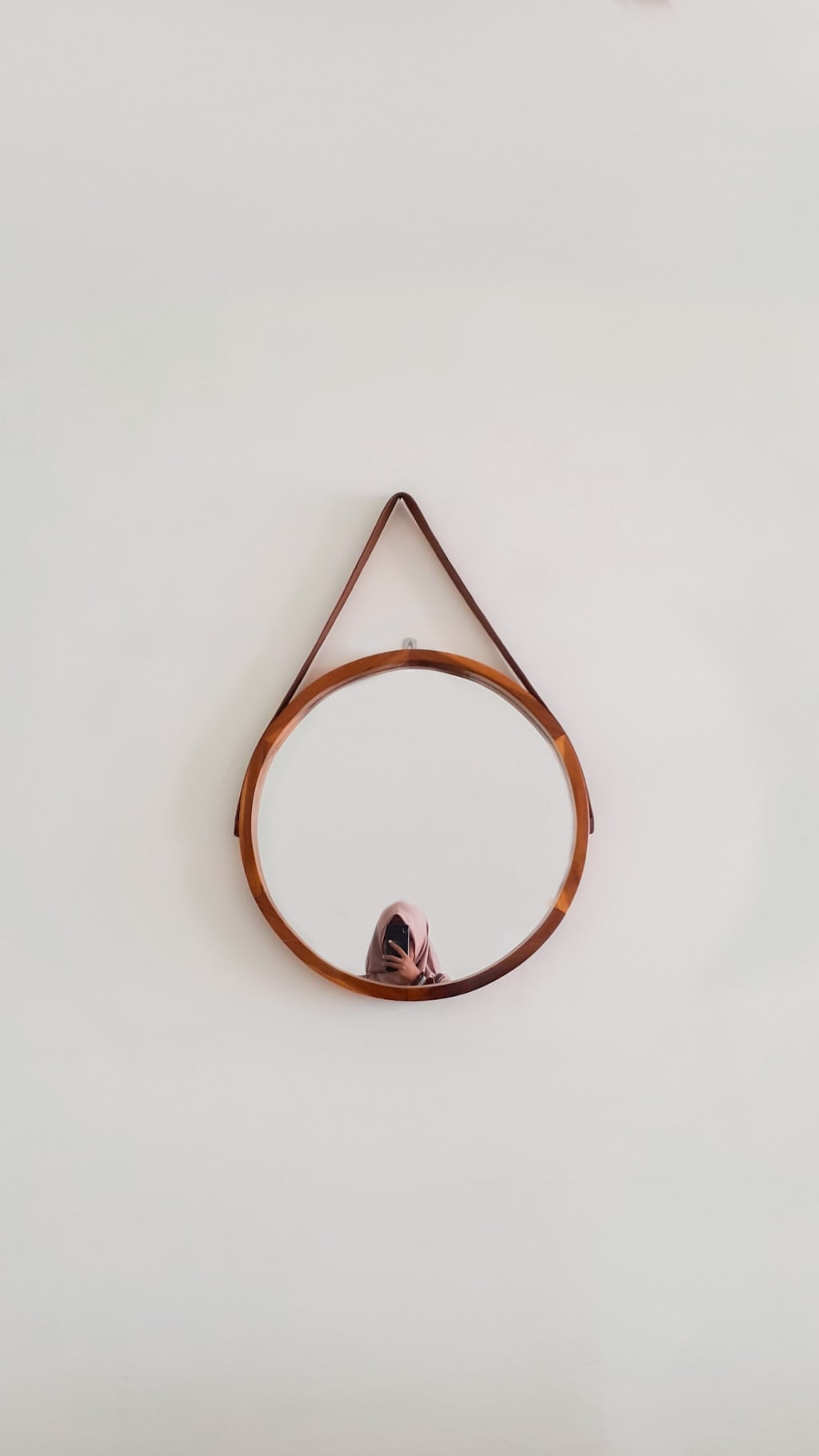Content warning
This story may contain sensitive material or discuss topics that some readers may find distressing. Reader discretion is advised. The views and opinions expressed in this story are those of the author and do not necessarily reflect the official policy or position of Vocal.
Examining the Influence of Social Media on Art and Culture
Examining the Influence of Social Media on Art and Culture

Examining the Influence of Social Media on Art and Culture
In the digital age, social media platforms have become a powerful tool for communication, networking, and self-expression. As these platforms have gained popularity, their impact on various aspects of society, including art and culture, has become increasingly evident. Social media's influence on art and culture is a topic worth exploring, as it has transformed the way we create, consume, and engage with artistic content. This article aims to examine the profound impact of social media on art and culture, shedding light on both the positive and negative aspects of this influence.
One of the most significant ways in which social media has affected art and culture is through its role in democratizing the creative process. In the past, the art world was often exclusive and elitist, with a limited number of gatekeepers determining what was considered "high art." Social media has disrupted this dynamic by providing a platform for artists of all backgrounds and abilities to showcase their work. Artists no longer need to rely solely on galleries, museums, or established institutions to reach an audience. Instead, they can share their creations directly with millions of people around the world, bypassing traditional intermediaries.
Platforms like Instagram, Twitter, and TikTok have enabled artists to build a global following and gain recognition outside of the conventional art world. Artists can now connect with fellow creatives, collaborate on projects, and receive feedback from a diverse audience. Social media has also allowed for the discovery of new artistic voices and movements that may have otherwise gone unnoticed. By breaking down barriers to entry, social media has expanded the possibilities for artistic expression and diversified the narratives represented in art.
Another aspect of social media's impact on art and culture is its ability to facilitate artistic movements and activism. The #MeToo movement, Black Lives Matter, and climate change activism are just a few examples of social issues that have gained significant traction through online platforms. Artists and activists can leverage social media to share their perspectives, mobilize communities, and inspire collective action. This has given rise to a new wave of socially engaged art, where artists use their creative skills to raise awareness and bring about social change.
Furthermore, social media has revolutionized the way we consume and engage with art. Traditional art forms, such as painting and sculpture, are no longer confined to physical spaces. Instead, they can be experienced digitally, allowing for greater accessibility and reach. Museums and galleries now use social media platforms to showcase their collections, offering virtual tours and interactive experiences. This has made art more inclusive, as individuals who may not have the means or opportunity to visit physical art spaces can still engage with and appreciate artwork.
Social media has also transformed the relationship between artists and their audience. Through platforms like YouTube and Twitch, artists can share their creative process, offer tutorials, and provide insights into their work. This behind-the-scenes access has fostered a sense of intimacy and connection between artists and their followers. In turn, audiences feel more invested in the artistic journey and develop a deeper appreciation for the art form.
Despite its numerous advantages, social media's influence on art and culture is not without its drawbacks. One of the main concerns is the potential for commodification and superficiality. With the emphasis on likes, shares, and followers, there is a risk of reducing art to a popularity contest. Some artists may feel pressured to create content that will garner attention rather than staying true to their artistic vision. Additionally, social media's fast-paced nature can lead to an oversaturation of content, making it difficult for individual artists to stand out in a sea of posts.
Moreover, social media platforms have been criticized for their algorithms and echo chambers, which can create filter bubbles and limit exposure to diverse perspectives. This can impact the development and evolution of artistic movements, as artists may only be exposed to content
About the Creator
Enjoyed the story? Support the Creator.
Subscribe for free to receive all their stories in your feed. You could also pledge your support or give them a one-off tip, letting them know you appreciate their work.





Comments
There are no comments for this story
Be the first to respond and start the conversation.